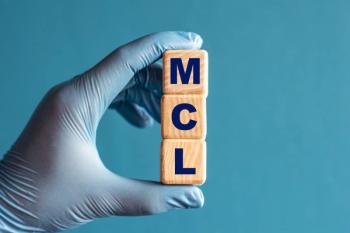
The Effects of Privately Run, Long-Term Care on the Medicaid Population
Privately run, long-term managed care programs aim to ease the burdens that come with treating Medicaid and dual-eligible beneficiaries in skilled nursing facilities.
Privately run, long-term managed care programs aim to ease the burdens that come with treating Medicaid and dual-eligible beneficiaries in skilled nursing facilities. Finding ways to treat people in their homes or in community-based care facilities is not just about controlling costs; the aging population is growing, people are living longer, and many are now surviving disabling conditions. There’s simply no room to treat them all in skilled nursing homes.
In fact, a recent report from Avalere Health projects that three-fourths of Medicaid beneficiaries will receive benefits through a managed care organization (MCO) by 2015. The capitated payment model of a MCO provides incentives for value-based care not found in the traditional Medicare fee-for-service (FFS) model.
“We believe that Medicaid managed care is a new way to use the money and use the resources much better in every community,”
However, the future of long-term managed care is
However, Patti Killingsworth, an assistant commissioner with TennCare Choices, said the agency is working to address the needs and concerns of patients like Mr McClanahan.
“The value of today is that we are able to hear some specific recommendations and ideas about things we can do to improve the process,”
Around the Web
Pitfalls Seen in a Turn to Privately Run Long-Term Care
TennCare Choices Criticized for Impeding Nursing Home Access
Privately Managed Medicaid Threatens Long-term Care Quality and Options
Newsletter
Stay ahead of policy, cost, and value—subscribe to AJMC for expert insights at the intersection of clinical care and health economics.







































